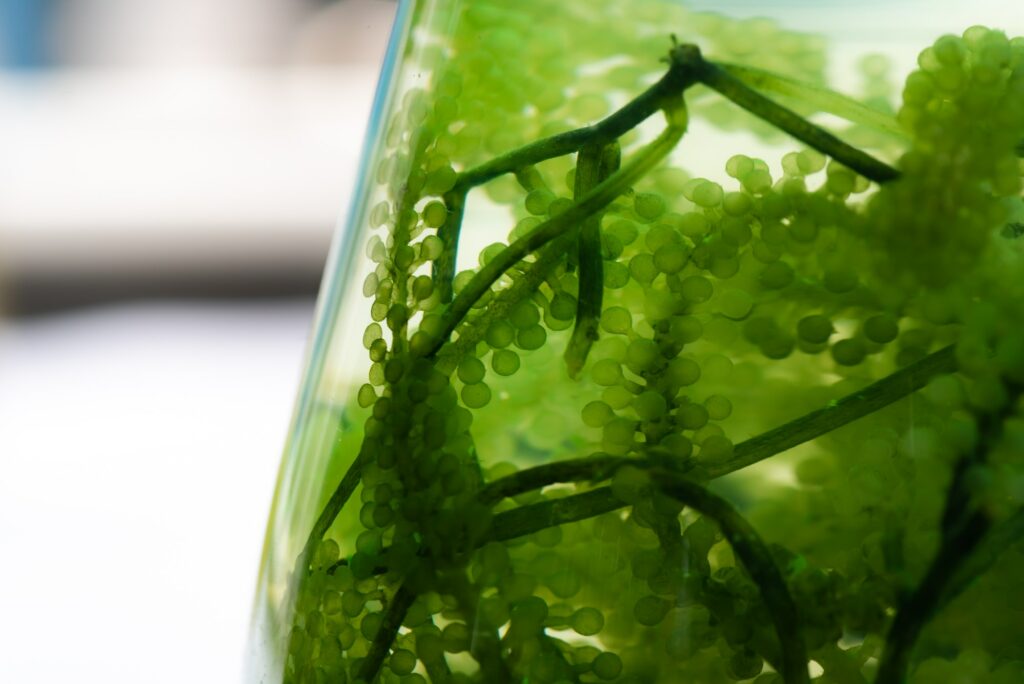
Algae growth in water storage tanks isn’t just unsightly it can also pose health risks. Understanding the factors that contribute to algae proliferation and implementing preventive measures are essential for maintaining clean and safe water supplies. Let’s explore the conditions conducive to algae growth, along with effective strategies to prevent it and maintain tank hygiene.
Understanding algae growth conditions:
Algae thrive in environments with abundant sunlight, warm temperatures, and nutrient-rich water. Here are the conditions that contribute to algae growth:
Sunlight Exposure: Direct sunlight fuels photosynthesis, providing energy for algae growth. Tanks in sunny areas are more prone to algae infestation.
Warm Temperatures: Higher temperatures accelerate algae growth, especially during summer. Warmer water encourages rapid algae reproduction.
Nutrient Availability: Nutrients like phosphorus and nitrogen, often found in organic matter or sediment, serve as food for algae. Excessive nutrients in water tanks promote algae proliferation.
Stagnant Water: Lack of circulation and aeration creates stagnant conditions that algae thrive in. Sediment build up at the tank bottom exacerbates the issue.

Preventive measures and maintenance tips:
Proactive measures and regular maintenance routines are vital for preventing algae growth. Consider the following strategies:
Tank Placement and Covering: Position tanks in shaded areas to minimize sunlight exposure. Use opaque covers or UV-resistant coatings to reduce light penetration.
Temperature Control: Insulate tanks to regulate temperature, minimizing conditions favourable for algae. Install tank cooling systems or shading in hot climates.
Water Quality Monitoring: Test water quality regularly for pH, turbidity, and nutrient levels. Maintain proper chemical balance and conduct periodic water analyses.
Tank Cleaning and Maintenance: Establish a cleaning schedule to remove sediment, debris, and organic matter. High-pressure washing or scrubbing can dislodge algae growth.
Aeration and Circulation: Install aeration systems or agitators to promote water circulation and prevent stagnation. Oxygenation creates unfavourable conditions for algae survival.
Use of Algaecides and UV Treatment: Consider algaecides or UV sterilization to control and avoid algae growth. These methods disrupt algae reproduction and inhibit proliferation. It helps to stop algae growth in your tank.
Regular Inspections: Visually inspect tanks for algae growth signs, such as green discoloration or slimy residue. Address issues promptly and take corrective actions as needed.
Routine Maintenance: Establishing a regular maintenance schedule is vital for algae prevention. Tasks such as tank inspections, cleaning, leak checks, and ensuring proper ventilation should be performed consistently to uphold ideal tank conditions.
Optimal Ventilation: Adequate airflow is crucial to preventing condensation and reducing humidity inside water tanks, which can create a conducive environment for algae growth. Proper tank ventilation facilitates air circulation and moisture control.

Conclusion:
Preventing algae growth in water storage tanks requires a comprehensive approach involving environmental management, regular maintenance, and intervention. By understanding the conditions conducive to algae proliferation and implementing preventive measures, individuals and communities can maintain clean and safe water supplies. Diligent monitoring, proper tank hygiene, and strategic interventions are essential for safeguarding water quality and ensuring consumer well-being. With careful attention and proactive care, algae growth can be effectively controlled, preserving water integrity for various purposes.


